I am trying to build a noise source based on reverse biased PN junction (i am trying to replicate this project https://altusmetrum.org/ChaosKey/ ). At this point i tried multiple iterations but so far this is my best result achieved. The noise source is sampled by STM32 microcontroller and sent over USB.
Here is the schematics of the noise source itself (MCU and power supplies omited for clarity)
VAA is 23.1V
Here is frequency spectrum of the signal (software dc blocked):
This looks flat and good
Here is histogram of the same signal (amplifier is inverting, so the original signal will have the same histogram, but mirrored):
This looks weird. I would expect normal (Gaussian) distribution, but i am getting this weird shape. Why could this happen?
For reference, here is the signal as seen by oscilloscope (ac coupled) after C12:
I tried to vary the VAA - when i lower the voltage, the histogram changes and at around 10V, it looks more or less correct, but i would like to understand why is this actually happening? What is the source of this weird distribution?



